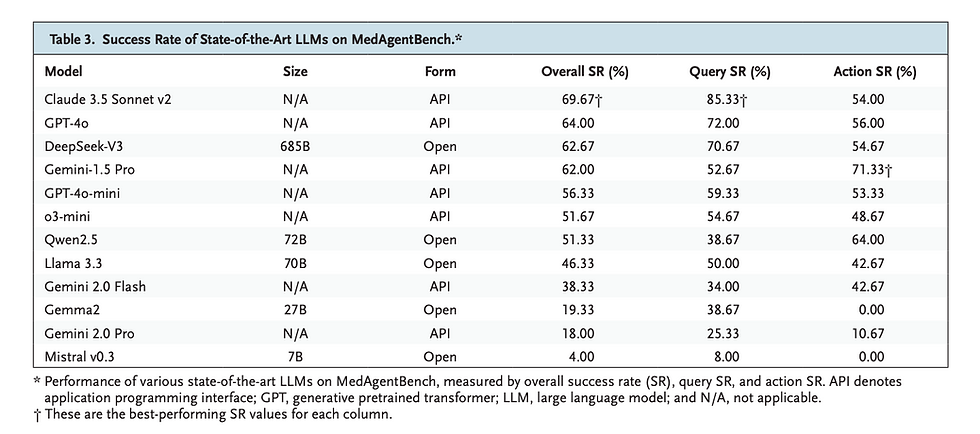A Watermark for Large Language Models
- Nikita Silaech
- Aug 12
- 3 min read
Updated: Aug 18

By John Kirchenbauer, Jonas Geiping, Yuxin Wen, Jonathan Katz, Ian Miers, Tom Goldstein
Published: May 2024 | arXiv:2301.10226v4
Overview
The paper “A Watermark for Large Language Models” by Kirchenbauer et al. introduces a method for embedding statistical signals into text generated by language models, allowing detection of machine-generated content without altering fluency. The approach works at the token level during generation and is compatible with existing large models such as those from the OPT family. It enables attribution without requiring access to model internals or APIs.
Why It Matters
As language models are increasingly used in public applications, distinguishing human-written from AI-generated text is critical to prevent misuse in areas like misinformation, spam, and academic dishonesty. Unlike moderation or usage restrictions, watermarking provides a passive and verifiable signal that content was produced by a model, supporting responsible deployment while preserving functionality.
Core Method
The method modifies the model’s sampling process by designating a random subset of “green-list” tokens at each step, based on a secret key and context, and slightly increasing their sampling probability. Over time, these statistical biases accumulate, forming a pattern detectable via hypothesis testing—without changing text readability or requiring access to the model after generation.
Key Findings
Through both theoretical analysis and empirical testing, the authors demonstrate several important findings:
Detection Accuracy: The watermark can be reliably detected using a simple statistical test that compares the observed frequency of green-list tokens to what would be expected in unwatermarked text.
Minimal Impact on Quality: Human evaluations and perplexity metrics show that the presence of the watermark has negligible effects on fluency or coherence.
Robustness: The watermark maintains detectability even when applied to long-form text or when the sampling temperature is varied within practical ranges.
Scalability: The method is tested on large-scale models (up to 6.7 billion parameters in the OPT family), showing that the technique is viable even in large deployment settings.
The authors also derive bounds on detection sensitivity using tools from information theory, reinforcing the statistical soundness of the approach.
Limitations and Considerations
While the method is straightforward and effective, it comes with certain limitations:
Adversarial Robustness: Although resistant to light modifications, the watermark may become undetectable under more sophisticated attacks, such as rephrasing by another model or extensive paraphrasing pipelines.
Dependency on Sampling Strategy: The technique assumes sampling with a temperature or nucleus decoding; it is not compatible with greedy decoding or constrained generation.
Not a Security Mechanism: The watermark is not designed as a tamper-proof or cryptographically secure signal. It is intended for cooperative detection rather than adversarial resistance.
Single-Bit Signal: The current method is binary—it can confirm whether text likely contains a watermark, but it does not encode richer information such as source model, date, or user.
Public Detection Requires Secrecy Management: While open-source tools are possible, the watermark relies on a shared secret seed, which must be managed securely in production settings to prevent spoofing or reverse engineering.
Path Forward
This work lays foundational ground for watermarking in LLMs. Several directions are suggested for future research and implementation:
Multi-bit Encoding: Extending the method to embed more information, such as identity tags, timestamps, or usage context.
Adversarial Testing: Evaluating how the watermark performs against deliberate obfuscation or post-processing by humans or other models.
Standardization and Policy Integration: Exploring how this technique could be incorporated into content provenance standards or AI governance frameworks.
Cross-model and Cross-lingual Generalization: Adapting the technique to multilingual settings and across architectures beyond decoder-only models.
Deployment in Practice: Testing in real-world applications, such as chatbots or educational tools, to evaluate performance under realistic constraints.



Comments